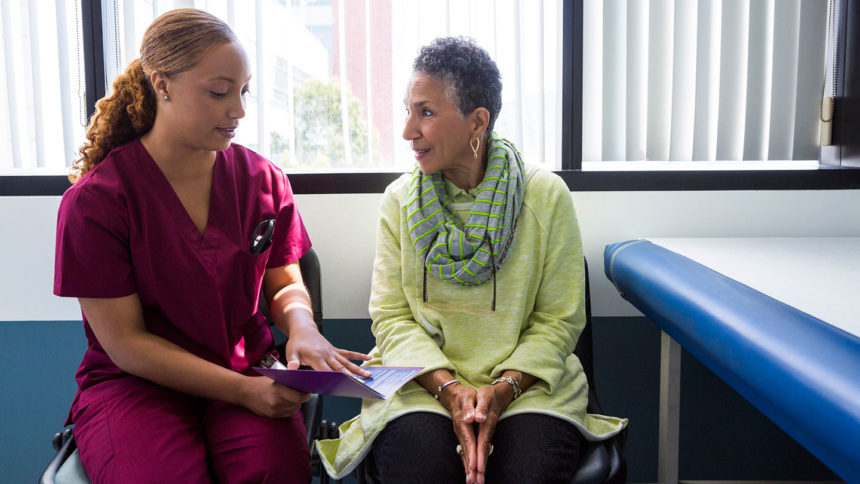
Older ambulatory care patients showed greater interest in recording their end-of-life care wishes when engaged in an advance care planning (ACP) intervention during the pandemic, a new study finds. Documentation among Black patients increased the most, investigators say.
Among more than 42,000 study participants in a large New York healthcare system, about 15,000 were given the opportunity to watch video ACP decision aids and interact with clinicians trained in ACP communication skills. The study revealed big pre- and post-intervention increases in ACP documentation and a dramatic shift in rates among patient populations when broken down by race and ethnicity.
With no intervention (and before the pandemic), white patients were most likely to document advance care plans (18.6%), followed by Black patients (18.1%) and Hispanic patients (13.2%). During the pandemic, from March to Sept., 2020 (again with no intervention), rates of ACP documentation dropped to about 13% and lower for all groups. Rates of participation remained in the same order among the groups.
But participation in ACP shot up when the intervention began in mid-December. Fully 30% of Black patients documented their end-of-life wishes, surpassing whites (22.2%) and Hispanics (21.2%).
The results suggest that advanced care planning may be one way to address disparities in care, the authors concluded. This particular intervention, the ACP-COVID trial, is rapidly scalable and appeared to “empower patients and clinicians by addressing urgent informational and emotional needs,” the researchers wrote.
“We are really encouraged that so many more African American and Hispanic people are taking charge of their own medical care,” co-author Angelo Volandes, M.D., of Harvard Medical School, said. “We consider it great progress that so many patients have taken advance care planning so seriously and deliberately.”
Intervention materials were provided by the nonprofit organization ACP Decisions, which encourages shared end-of-life decision making between clinicians and patients.
The study was published in JAMA Network Open.




